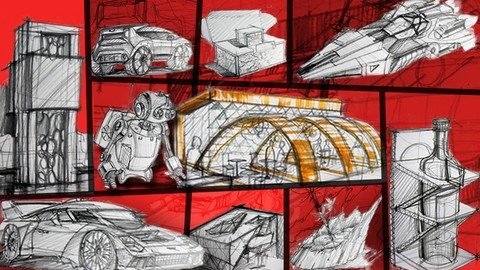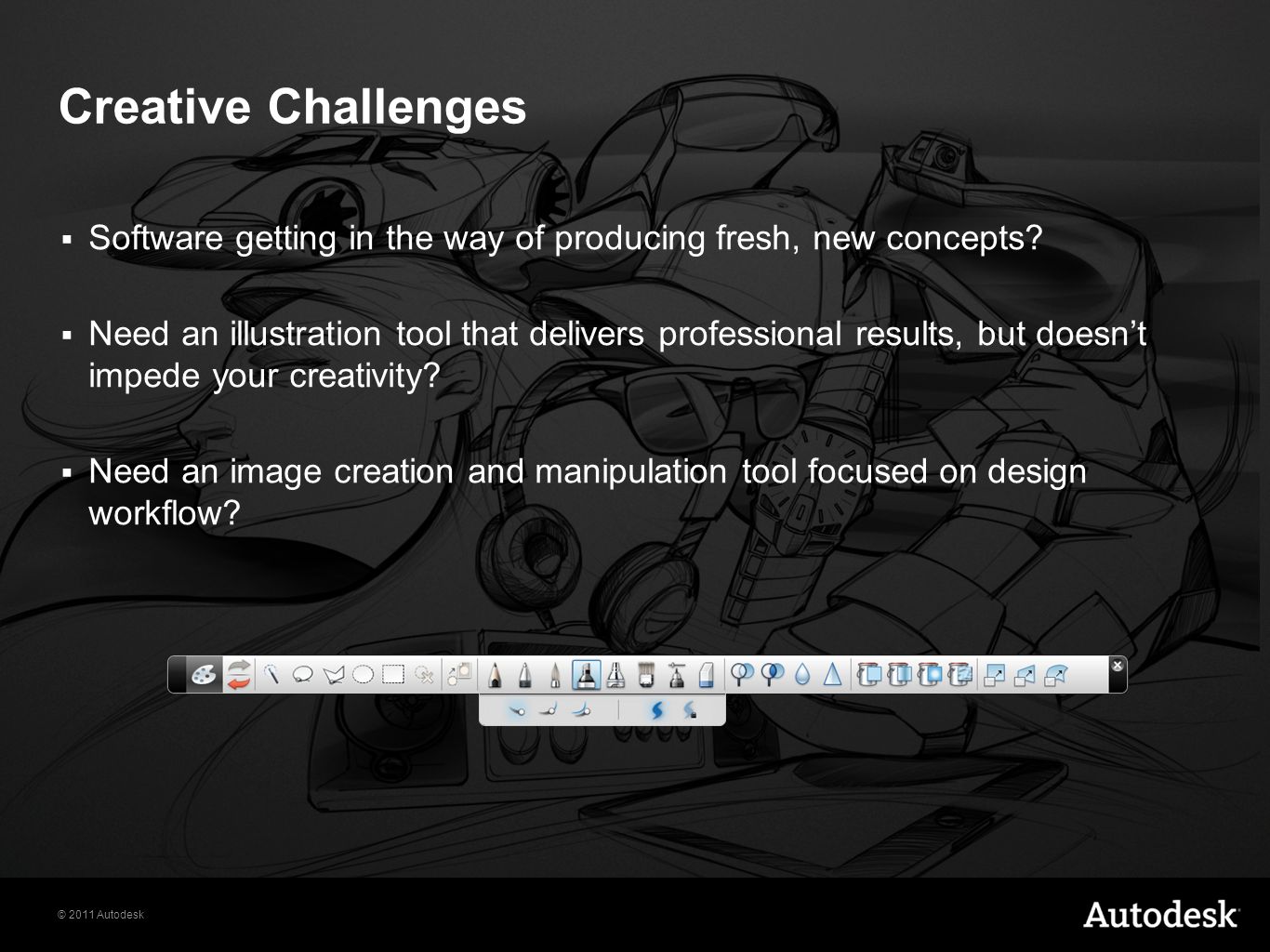

- #LYNDA SKETCHING FOR PRODUCT DESIGN AND AEC HOW TO#
- #LYNDA SKETCHING FOR PRODUCT DESIGN AND AEC SERIES#
We don't know, for example, how long the perch is, or if the roof has an overhang. However, from that view, we don't see enough to create a mental image of the three dimensional form. In fact, it looks very much like the house model. Notice right away that we have some good information from the front view. So let's use the birdhouse as an example. One of the strengths of this projection system is that even a single line from one view can be projected vertically or horizontally to provide useful information for another view before either view is completed. So how do we actually create orthographic views? To create a multi-view orthographic sketch, we generally begin with one of the views, although this is not absolutely necessary. But because each view is separate, the users of an orthographic drawing must also combine them into a single view inside their head. clear and accurate document that can be dimensioned as well as measured directly off of, much like a map. The multi-view nature of orthographic projection results in a non-ambiguous, i.e. As mentioned earlier, orthographic drawings are, for example, what a carpenter relies on to build a house, or a furniture maker uses to construct a chair, or a craftsperson needs to build a functioning push toy, or a birdhouse with an opening large enough for a bird but too small for a squirrel. I emphasized that the six walls, or faces of that outer box, serve as separate projection screens onto which every vertex, line, and surface is projected at a 90 degree angle. In our case, a wooden model of a house inside a box. I used the analogy of a box inside a box.
#LYNDA SKETCHING FOR PRODUCT DESIGN AND AEC SERIES#
Solution: Quickly sketch a series of basic and altered cubic formsĥ.- We've discussed orthographic projection quite a bit over the past few movies.Challenge: Quickly sketch a series of basic and altered cubic forms.Manipulating forms on the fly: Altered or derived cubic forms.Sketching inside the box: The scaffolding analogy.The mechanics of perspective (vantage points).Solution: Sketch a simple 3-view orthographic of a wedgeĤ.Challenge: Sketch a simple 3-view orthographic of a wedge.



#LYNDA SKETCHING FOR PRODUCT DESIGN AND AEC HOW TO#
Kevin Henry, a product designer and educator responsible for the influential book Drawing for Product Designers, teaches beginning and intermediate students how to visualize ideas for small-scale and mass production with just a pen and paper.Sketching allows product designers to generate ideas quickly, without committing resources to any single idea.Product designs usually end up as complex CAD drawings before going into production.


 0 kommentar(er)
0 kommentar(er)
